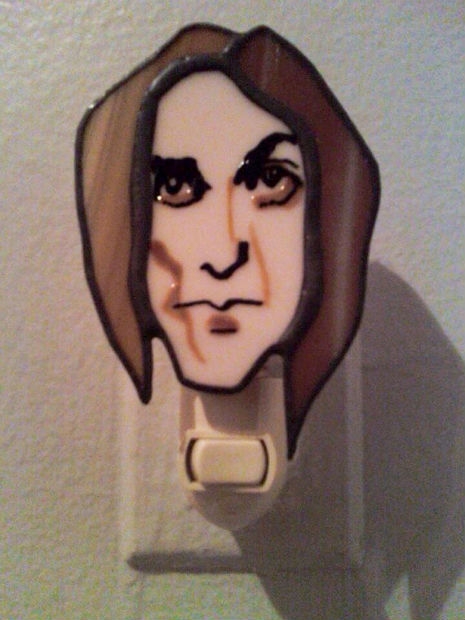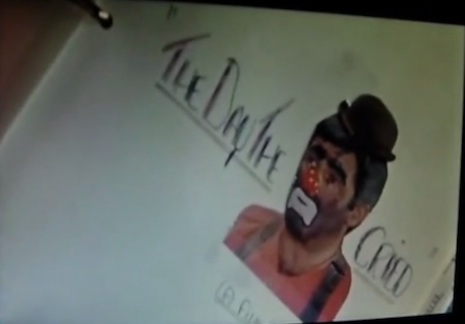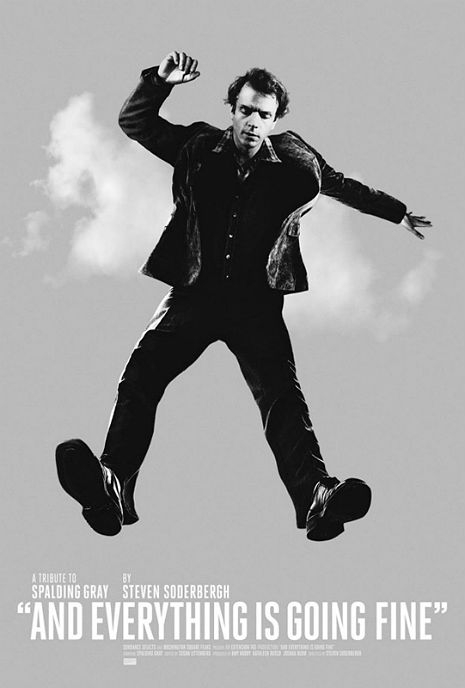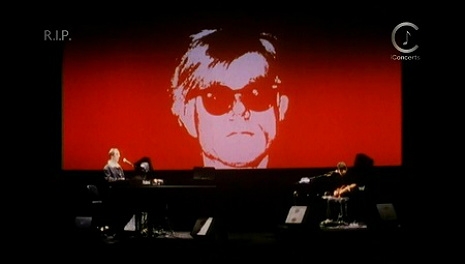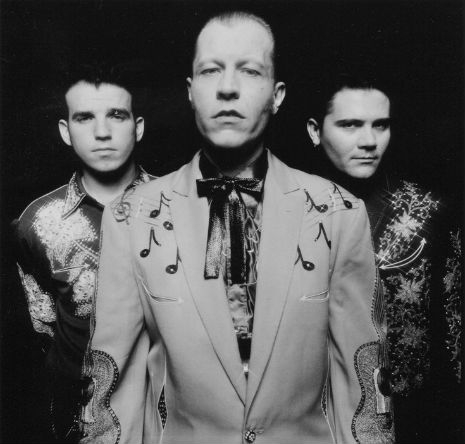
I live right outside of Cleveland, Ohio. Most of the people in my largely bohemian circle are proud to live and work in the area, and for good reason. It’s a gritty place on a cultural upswing; an amazing, cheap rent, close-knit universe, and a choice locale if you like your world tinged with blue collar, no-bullshit ethics, pierogies, cured meats, bad-ass rock n’ roll and some of realest people on the planet; guys like self-proclaimed “Genuine Nerd,” Toby Radloff.
Toby is perhaps best known for his appearance in the 2003 film American Splendor about Cleveland comic book writer and R. Crumb collaborator, Harvey Pekar. If you’ve seen the film or read the comic book series, you already know that Toby was a friend of Pekar’s and they met in 1980 while working together as file clerks at Cleveland’s VA Hospital. Radloff became a recurring character in Pekar’s American Splendor comic book series for which the film was named.
But the film version of American Splendor was hardly Radloff’s first nerdy experience in front of the camera.
Here’s Pekar on Toby in a 2009 interview:
When he first got on the media, what happened was I had just been on the Letterman show. And MTV sent somebody out to do a story on me at the VA Hospital and I was just taking them around and showing them different things. I introduced them to Toby and after five minutes with him they kicked me to the curb! I can’t compete with that guy!
Radloff was subsequently featured in a handful of vignettes for MTV starting in 1987 and aired, according to Toby, in conjunction with the release of Revenge of the Nerds II. As an actor, the guy’s a true weirdo, and totally hilarious. He’s appeared in several outsider films, including Killer Nerd and Bride of Killer Nerd made in 1991 and 1992 respectively. Both are distributed by Troma Films.
Here’s Troma’s synopsis for Killer Nerd:
The Troma Team is proud to present KILLER NERD, a film that stands up for the little guy. It’s every jock’s greatest fear; the nerd you teased in high school is back for REVENGE! Harold Kunkle is that nerd. Teased and taunted by even the paper-girl, he is pushed beyond his meek limits. Harold becomes KILLER NERD! You’ll be in shock when you take witness to KILLER NERD’s bizarre and horrifying ritual of retribution. You’ll be amazed at how a man so dorky could embark on such an orgy of gore. With effects and intensity rivaling that of TAXI DRIVER and Troma’s FATTY DRIVES THE BUS, you’ll be at the edge of your seat… IN FEAR. Starring MTV personality and real-life nerd Toby Radloff, and the stunning Heidi Lohr in her debut performance! This movie is sure to please anyone who has ever been pushed too far. Harold Kunkle is one KILLER NERD who is REALLY out for revenge!
Here you go, make it a double feature:
Killer Nerd
Bride of Killer Nerd
In 1999, Toby starred in another low-budget, fringe endeavor called Townies in which he played a necrophylic dumpster-diver, and in 2006, he was the subject of a documentary called, of course, Genuine Nerd. Both films were created by one of the original producers of the MTV segments, Wayne Alan Harold.
Then, in 2007, Toby appeared with Harvey Pekar on Anthony Bourdain’s No Reservations at Sokolowski’s, a Cleveland staple for oversized culinary delights of the Polish persuasion. Check it out:
I’m digressing here, and indeed, Toby’s all over the Internet. But the clip that inspired this whole post in the first place, the one that truly had me laughing my ass off, is from a 1989 Cleveland cable access program called The Eddie Marshall Show. In it, we find Toby singing a rather goofy number he made up about cocaine to the tune of the “Coke is it!” jingle. Note that Toby’s quick to point out that he in no way endorses the use of illegal drugs. Also note that the clip starts out with a PSA shout-out from Run DMC! According to Radloff’s own comment on the video, this and other Eddie Marshall Show segments were pitched to MTV but they were rejected.
As a side note, my wife Lisa actually worked with Toby years ago in a now defunct Cleveland coffee shop called The Red Star Café. She says he was one of her favorite coworkers, and absolutely the real deal. I don’t know Toby personally, but his voice is unmistakable, and I’ve seen/heard him and his Nerd Mobile around town on a number of occasions. It makes me smile when I do.
Previously on Dangerous Minds:
Harvey Pekar’s ‘Cleveland’ is a splendiferous American masterpiece







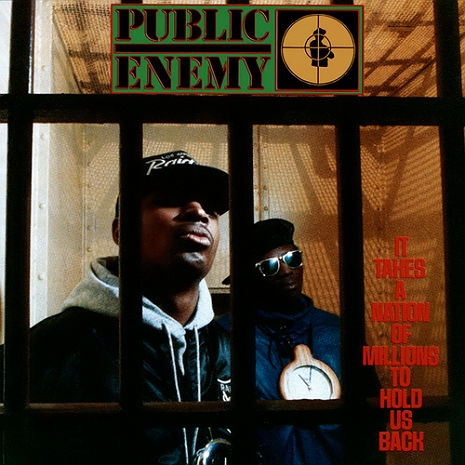
_465_166_int.jpg)

